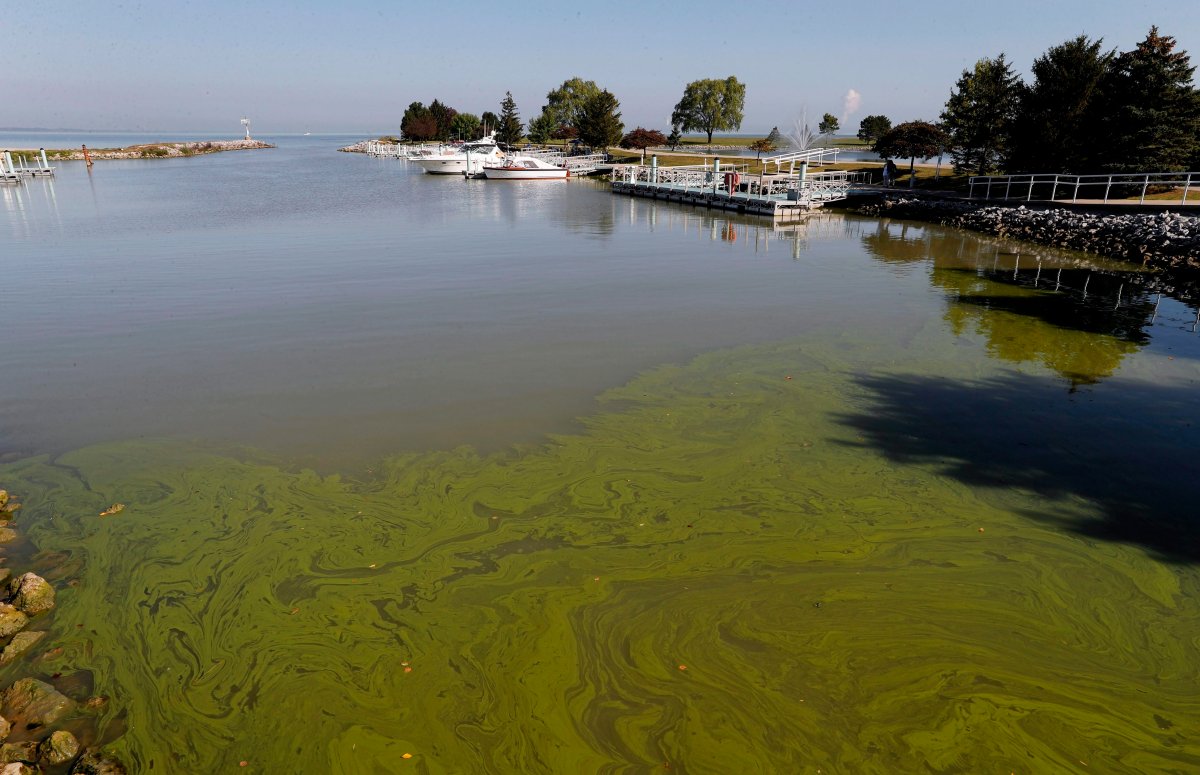If you’ve been trying to enjoy your summer holidays at the beach and Lake Winnipeg is looking a little off-colour, you’re not alone.

Reports of algae blooms on the lake, particularly in the Victoria Beach area, have been rampant this summer, and conservation groups are looking to the City of Winnipeg to help solve the problem.
“The cause of these blooms is phosphorous,” Lake Winnipeg Foundation executive director Alexis Kanu told 680 CJOB.
“That’s a nutrient we all need, it’s essential to life… but we need to reduce the phosphorous load to the lake in order to address these algae blooms.”
The foundation, alongside the International Institute for Sustainable Development (IISD), has been calling for the city to implement an interim retrofit to its North End sewage treatment plant.
IISD Director of Water Programs Dimple Roy told 680 CJOB that while weather and other environmental factors do contribute to the blooms, the city’s phosphorous is the primary cause.
“We’ve been saying for decades that phosphorous is the culprit for these algal blooms,” said Roy.
“The city of Winnipeg is the biggest point source… the city is where we can make change happen. It’s the single biggest pipe that emits phosphorous into the lake, and it’s our responsibility to address that problem.”
Roy said the proposed solution would be to adjust the amount of ferric chloride – an iron salt – used at the treatment plant. So far, she said, the city has not shown an urgency to tackle the issue.
“The timeline for the overall upgrades to the North End treatment plant is decades, and we know that phosphorous is not being tackled in phase one, so we’re looking at a minimum 10-year delay,” she said.
“It’s definitely a matter of will and we’re a bit frustrated that there isn’t action on a solution like this as the health of our lake declines.”
Roy said the city has expressed concerns about additional sludge that would be created by the proposal.
A good comparison that Manitobans can learn from, said Kanu, is Lake Erie.
“Erie also suffered from blooms of the nature we’re seeing on Lake Winnipeg,” she said.
“We can learn from Lake Erie that addressing municipal sources – sewage treatment plants – can make a difference.”
Kanu said municipalities around that lake saw a reduction in blooms when they began dealing with municipal and industrial sources of phosphorous beginning in the 1980s.
Erie, however, is seeing reoccurring blooms decades later as a result of agricultural sources of phosphorous, which is an entirely different problem.
“I feel like we’re going in circles. We’ve been here before. This isn’t the first time (the city has) asked for an extension,” said Kanu.
WATCH: Zebra mussels in Shoal Lake will not impact Winnipeg drinking water, says city









Comments